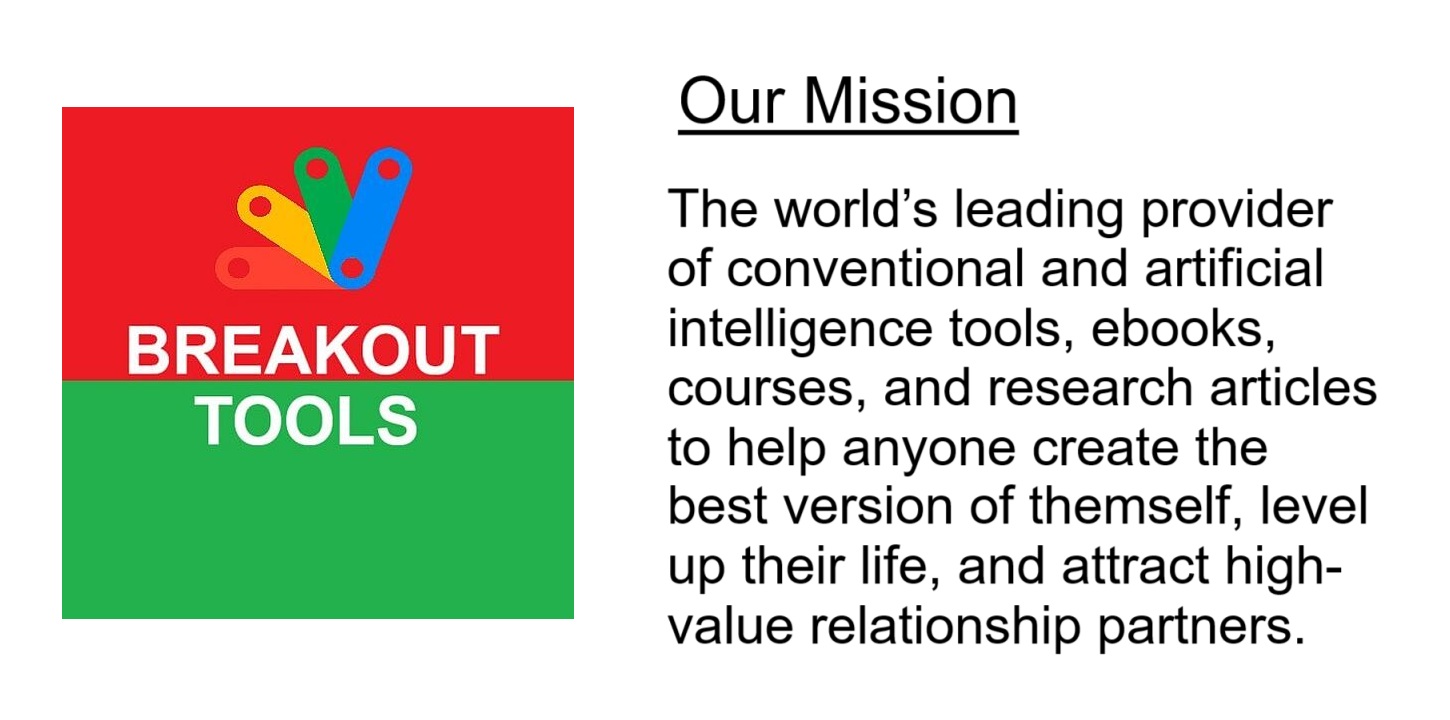Last Updated on April 6, 2025 by Bertrand Clarke
Kendrick Lamar. The name resonates not just as a rapper, but as a poet, a cultural commentator, and a voice for a generation grappling with complex realities. He’s an artist who has seamlessly blended raw, unflinching lyricism with innovative soundscapes, captivating audiences and critics alike. But behind the accolades, the platinum records, and the history-making Pulitzer Prize, lies a story of resilience, introspection, and a relentless pursuit of truth. This is the journey of Kendrick Lamar Duckworth, from the turbulent streets of Compton to the pinnacle of artistic achievement.
Roots in the Concrete Jungle:
Kendrick Lamar’s story begins in Compton, California, a city synonymous with gang violence, poverty, and systemic inequality. Born on June 17, 1987, his early life was steeped in the harsh realities of this environment. His parents, Kenny Duckworth and Paula Oliver, had moved to Compton from Chicago to escape the gang culture that plagued their hometown. Ironically, they found themselves in a city grappling with similar issues.
Kendrick witnessed firsthand the devastating effects of gang violence and drug addiction. His father was involved with the Gangster Disciples, and his uncles were Crips. While his parents tried to shield him from the worst aspects of their surroundings, the realities of Compton were unavoidable. These experiences, though traumatic, would later become the foundation of his art, fueling his desire to understand and articulate the struggles of his community.
Despite the challenges, Kendrick’s parents instilled in him a love for learning and a strong moral compass. His mother, in particular, played a crucial role in nurturing his intellectual curiosity. She encouraged him to read and write, providing him with a creative outlet to process the complexities of his life.
The Spark of Inspiration:
A pivotal moment in Kendrick’s childhood occurred when he was eight years old. He witnessed Tupac Shakur and Dr. Dre filming the iconic music video for “California Love.” The energy, the artistry, and the sheer power of the performance left an indelible mark on young Kendrick. It was a revelation, an awakening to the potential of hip-hop as a force for change and a platform for storytelling.
This encounter ignited a fire within him. He began writing poetry and short stories, channeling his observations and emotions into creative expression. He found solace and purpose in the written word, using it as a tool to navigate the chaos and uncertainty of his surroundings.
From K-Dot to Kendrick Lamar: The Nascent Rapper:
In high school, Kendrick began experimenting with rapping, adopting the moniker K-Dot. He was heavily influenced by artists like Nas, Jay-Z, and Eminem, drawn to their lyrical dexterity and their ability to weave complex narratives. He honed his skills, practicing relentlessly and developing his own unique style.
His early mixtapes, released under the name K-Dot, garnered local attention and earned him a reputation as a promising young talent. He signed with Top Dawg Entertainment (TDE), a small independent record label based in Carson, California. TDE provided him with a supportive environment to develop his artistry and refine his voice.
Early Struggles and Defining Moments:
The journey wasn’t without its challenges. Kendrick faced the same hurdles as many aspiring artists: financial struggles, self-doubt, and the constant pressure to conform to industry expectations. But he remained steadfast in his vision, determined to create music that was both authentic and meaningful.
His breakthrough came in 2010 with the release of his mixtape, “Overly Dedicated.” The project showcased his lyrical prowess and his ability to tackle complex social issues with nuance and intelligence. It earned him critical acclaim and a growing fanbase, solidifying his position as a rising star in the hip-hop world.
“Section.80” and the Arrival of a New Voice:
In 2011, Kendrick released his independent album, “Section.80,” a concept album that explored the lives of young adults grappling with the legacy of the Reagan era. The album was a critical and commercial success, further cementing his reputation as a visionary artist.
“Section.80” demonstrated Kendrick’s ability to craft compelling narratives, blending personal experiences with broader social commentary. It tackled issues such as drug abuse, police brutality, and the challenges faced by young people in marginalized communities.
“Good Kid, M.A.A.D City”: Trauma and Redemption in Compton:
Kendrick’s major label debut, “Good Kid, M.A.A.D City” (2012), was a watershed moment in his career. The album was a semi-autobiographical concept album that chronicled his experiences growing up in Compton, navigating the temptations of gang life and the search for redemption.
“Good Kid, M.A.A.D City” was a masterpiece of storytelling, painting a vivid and unflinching portrait of life in Compton. It explored the complexities of morality, the allure of violence, and the struggle to find meaning in a world filled with chaos. The album was a critical and commercial triumph, earning him widespread recognition as one of the most important voices in contemporary music.
“To Pimp a Butterfly”: Confronting Systemic Injustice:
In 2015, Kendrick released “To Pimp a Butterfly,” a bold and ambitious album that grappled with themes of racial identity, systemic injustice, and the psychological toll of fame. The album was a direct response to the Ferguson unrest and the growing Black Lives Matter movement.
“To Pimp a Butterfly” was a complex and challenging work, pushing the boundaries of hip-hop and demanding a national conversation about race and inequality. It was hailed as a modern-day protest anthem, inspiring activism and sparking dialogue across the country.
“DAMN.”: Introspection and Internal Conflict:
“DAMN.” (2017) saw Kendrick delving into themes of faith, destiny, and the internal conflicts that plague the human spirit. The album explored the duality of human nature, the struggle between good and evil, and the search for meaning in a world filled with uncertainty.
“DAMN.” was another critical and commercial success, solidifying Kendrick’s status as a global superstar. It also earned him the Pulitzer Prize for Music, making him the first non-classical or jazz artist to receive the prestigious award. This recognition cemented his place in history and validated his artistic vision.
Personal Challenges and Growth:
Despite his immense success, Kendrick has remained grounded and introspective. He has spoken openly about his struggles with self-doubt, anxiety, and the pressures of fame. He has also emphasized the importance of staying true to his roots and using his platform to uplift his community.
Kendrick’s personal life has been relatively private. He is married to his high school sweetheart, Whitney Alford, and they have two children. He has credited his family for providing him with stability and support throughout his career.
Continuance:
Kendrick Lamar’s journey is a testament to the power of resilience, the importance of self-expression, and the transformative potential of art. From the streets of Compton to the Pulitzer stage, he has consistently defied expectations and challenged conventions. He is more than just a rapper; he is a poet, a storyteller, and a voice for a generation.
His music continues to inspire, provoke, and challenge listeners to confront uncomfortable truths and strive for a better world. He is a beacon of hope, a testament to the power of the human spirit, and a reminder that even in the face of adversity, greatness is possible. His legacy will undoubtedly continue to resonate for generations to come. He remains a vital force, pushing the boundaries of hip-hop and inspiring a generation to find their own voices and fight for change.










